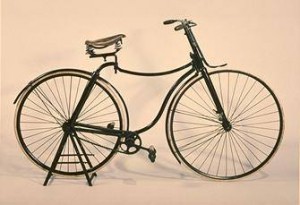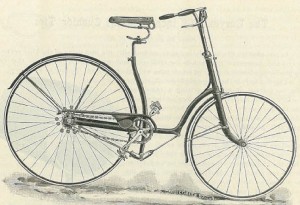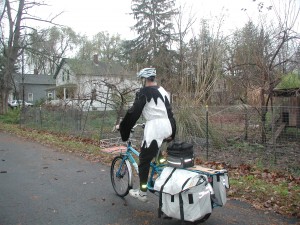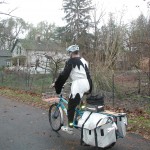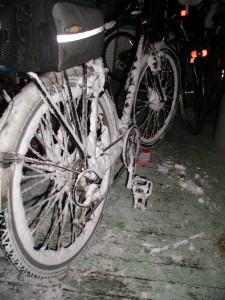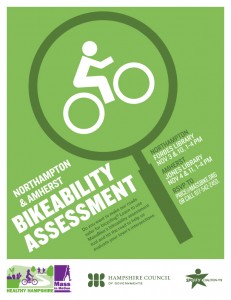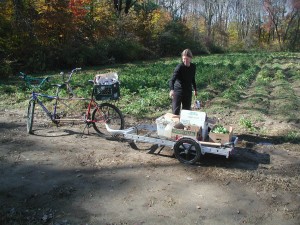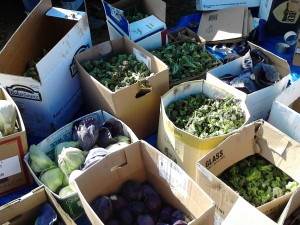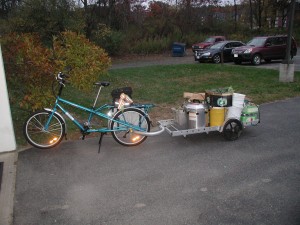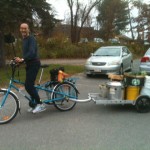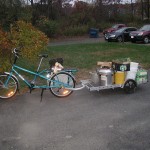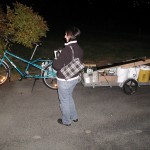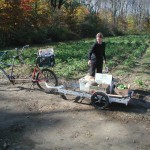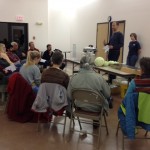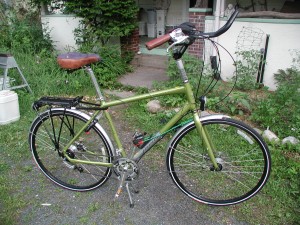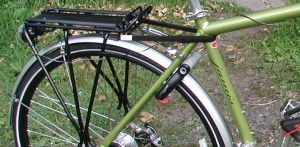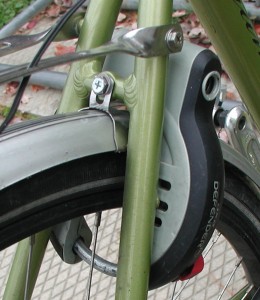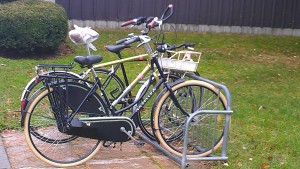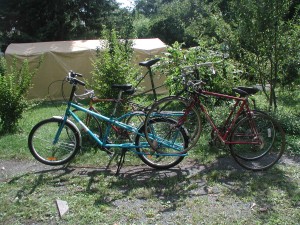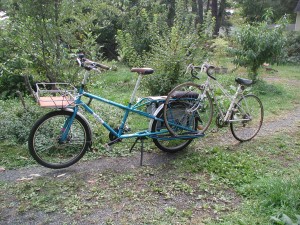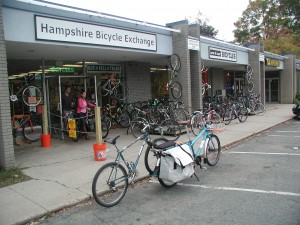During the winter is a great time to give your bike some tender loving care. One important part of this TLC is lubrication – applying oil to certain parts of the bike.
Whether you use your bike in the cold weather or not there are good reasons to do this. If you use your bike all year, the winter wetness can attack the moving parts with more corrosion and wear because of the salt and sand applied on roads during wet weather. If you put your bike away for the winter it is better to take care of it before you put it away rather than before you plan to use it, so it is ready for use, and also, while it is docked it doesn’t rust on.
The first step is cleaning. Oil is sticky. So it attracts dust, dirt and other sediment from the surfaces you ride on. Most of that sediment is harder than the metals used on the bike, so it will chip away on the moving parts little by little. I just use a small brush or toothbrush, or a cloth to take the caking off especially from around the chain and crank/cog/sets. Breaking surfaces are better at cleaning themselves and need to remain oil-free, but it can still be useful to wipe them down – with a non-oily cloth! You can go as far as removing your chain and soaking it in turpentine or another thin oil, but todays chains tend to be thinner and cheaper than yesteryears, so it may not worth the effort. If you have the luxury of water under pressure, that can also help to remove non-belonging particles from all around the bike. In this case make sure you let the bike dry thoroughly before applying lubrication.
The second step is the lubrication itself. Any oil will be better than nothing, but using thicker oil on the chain and medium elsewhere. Bike shops know what to offer for different purposes. I like warmed up Chain L on the chain and Tri-Flow elsewhere, primarily because of the smell of it. Drip the oil of your choice all along the chain (middle and sides) while you pedal the bike backward gently with your hands. On a bike with a coaster brake this is not possible, but I trust you finding a way to oil the chain all along. That takes care of the gears also. taking down the excess oil from the surface of the chain will help with the sticking, but what helps more is protecting the chain from the wheels splashing dirty water, carrying sediment, onto it. Chain guards attempt to protect or even encase the chain.
The most important part to oil is probably the moving parts of brakes. Watch what moves, metal-to-metal surfaces, and drip some on it. While doing this, be careful not to put lubrication on the braking surfaces. And it worth to mention separately: DON’T put any oil on disk-brake disks or anywhere near it – oil is very harmful to your health and for the brake’s functionality when applied there.
Next are the dérailleurs if you have any, the complicated-looking mechanisms which move the chain between cogs. Again watch what moves and put some oil on it.
The wheels are one of the biggest moving parts but almost invariably that moving part connects to the axle through bearings in today’s bikes. Bearings prefer grease, but grease tends to dry out ofter a while if the bearing is not sealed, so putting a few drops of oil right outside cannot hurt in my opinion. Same with cracks and pedals: the oil may or may not get to where the movement happens, but if it does, it is useful, if it doesn’t, it wasn’t needed anyway.
If you have an old bike with breaking and dérailleur cables that is exposed to the weather or moisture in the air, over time those cables will have a harder time functioning correctly. My experience is, that oil (without water) in side the cable will help the sliding remain thus making the brakes and gear-changing remain safe and easy. And the more oil in the cables, the less water can get in, the less rust can develop in the cable. I would only use this cable-lubrication in the case of old or sticky cables: don’t fix what isn’t broken, eh?
The cleaning and lubing of the bike is well described with pictures on Bike Radar.
With all this work one wonders if there is a chance for needing less maintenance somehow. Well, yes. It doesn’t help in the US, that bikes are mostly sold as sport tools, which means we have specialized tools for riding under certain conditions (like uneven dirt road or high-speed racing on smooth pavement). But if you are looking for an all season commuter, I would consider internal gear shifts, so all the mechanism is hidden, thus protected, that also results in a simpler chain-track, easier to protect from the grime of the road, and maybe disk or hub-brakes to have a more weather proof operation.

